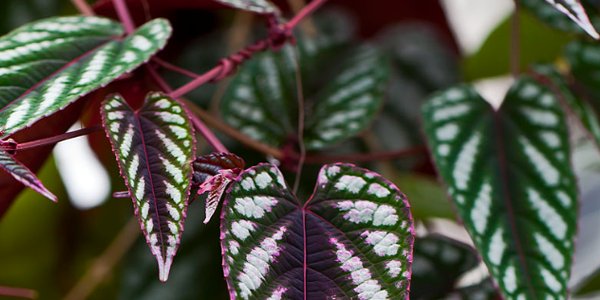Cissus price

Where to buy and sell Cissus, lowest (cheapest) and highest price.
check offers buy sell CissusToday price for CissusCissus wholesale prices 2022
The Current commodity price of Cissus per kg, pound in the world in the global markets
cissus
Price range: 3.25 - 3.25 EUR / 1 kg | Market: Mercados de Abastecimientos de Barcelona SA | Date: 2022-05-01
Cissus
Cissus is a genus of flowering plants in the family Vitaceae, native to warm temperate and tropical regions throughout the world. The diversity of species within the genus is low, with only about 150 species known. However, cissus species are found in a wide variety of habitats, from rainforests to deserts. Cissus species are mostly lianas, although a few are shrubs. They are typically climbing plants, with tendrils or disk-like structures that allow them to attach themselves to other plants or surfaces. The leaves of cissus species are usually simple and lobed, with smooth margins. The flowers are small and inconspicuous and are borne in clusters. The fruit is often a fleshy berry. Cissus species are used in traditional medicine in many parts of the world. They have been shown to have a variety of pharmacological effects, including analgesic, anti-inflammatory, and antioxidant activity. Some cissus species are also used as food plants. Cissus production is a three-stage process that begins with propagation, followed by growing, and finally, harvest. Cuttings are taken from mother plants and rooted in a growing medium during the propagation stage. Once the cuttings have rooted, they are transplanted into pots or bags and placed in a greenhouse. The plants are kept in a greenhouse and carefully monitored during the growing stage. The plants are watered and fertilized on a regular basis, and any pests or diseases are controlled. Once the plants have grown to the desired size, they are ready for harvest. During the harvest stage, the plants are carefully harvested and the cissus is separated from the plant material. The first stage of cissus production is the propagation stage. During this stage, cuttings are taken from mother plants and rooted in a growing medium. Once the cuttings have rooted, they are transplanted into pots or bags and placed in a greenhouse. The second stage of cissus production is the growing stage. During this stage, the plants are kept in a greenhouse and carefully monitored. The plants are watered and fertilized on a regular basis, and any pests or diseases are controlled. Once the plants have grown to the desired size, they are ready for harvest. The third and final stage of cissus production is the harvest stage. During this stage, the plants are carefully harvested and the cissus is separated from the plant material. The cissus is then cleaned and packaged for sale.Global cissus production
Cissus global production is forecast to reach 2.6 million tonnes in 2016/17, up from 2.4 million tonnes in the previous season. The United States, Brazil, and China are expected to be the top three producing countries. Global cissus production has been increasing in recent years, reaching 2.4 million tonnes in 2015/16. The United States, Brazil, and China are the top three cissus-producing countries in the world, accounting for a combined total of over 60% of global production. The United States is the largest cissus-producing country in the world, with an estimated production volume of 1.2 million tonnes in 2016/17. This is followed by Brazil and China, which are expected to produce 0.6 million tonnes and 0.5 million tonnes, respectively. Cissus production in the United States has been increasing in recent years, reaching 1.2 million tonnes in 2015/16. The main producing states include Florida, California, and Texas.Download our new
Husfarm App
Stay up to date with the current prieces of agricultural products all over the world.
Do you want to sell agricultural products?
Are you an Agricultural processor looking for high-quality products to buy?
Post an ad for FREE!
